Perhaps nothing is more restorative than time spent outside, luxuriating in the current moment while appreciating the exquisite richness of the natural beauty that surrounds us. Whether we recognize it or not, we need nature—we depend on it—and therefore it should be the first place we turn when we seek perspective and renewal.
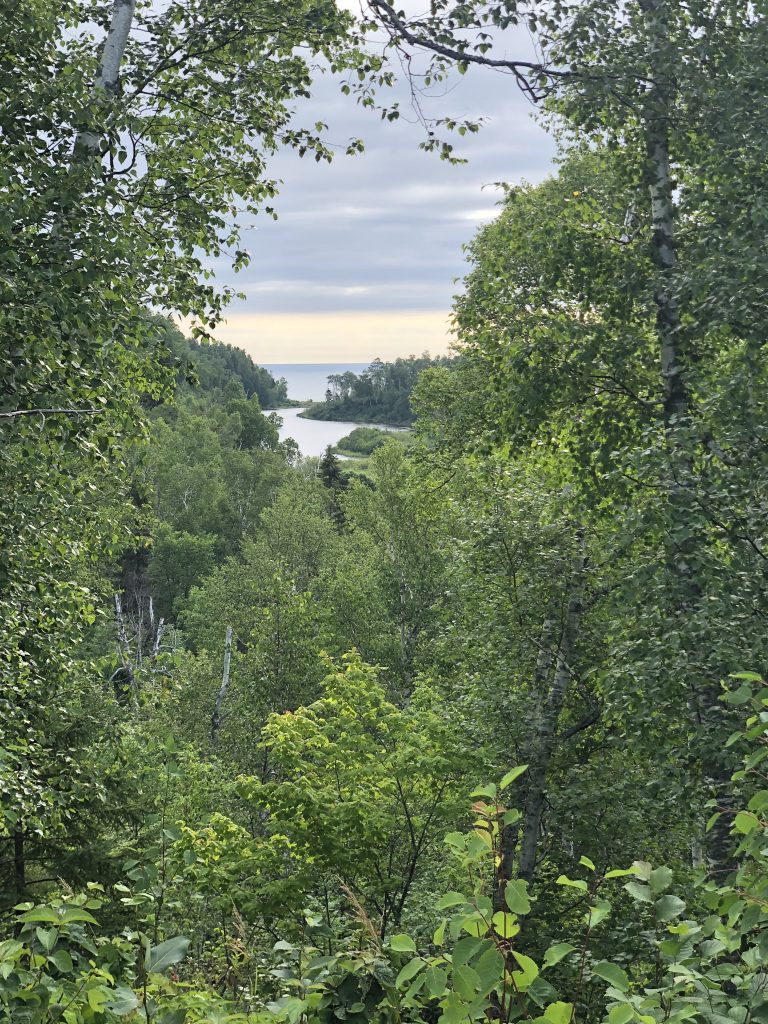
An acclaimed transcendentalist, Henry David Thoreau poignantly captures this idea in his book Walden when he writes, “We need the tonic of wildness… At the same time that we are earnest to explore and learn all things, we require that all things be mysterious and unexplorable, that land and sea be indefinitely wild, unsurveyed and unfathomed… We can never have enough of nature.”
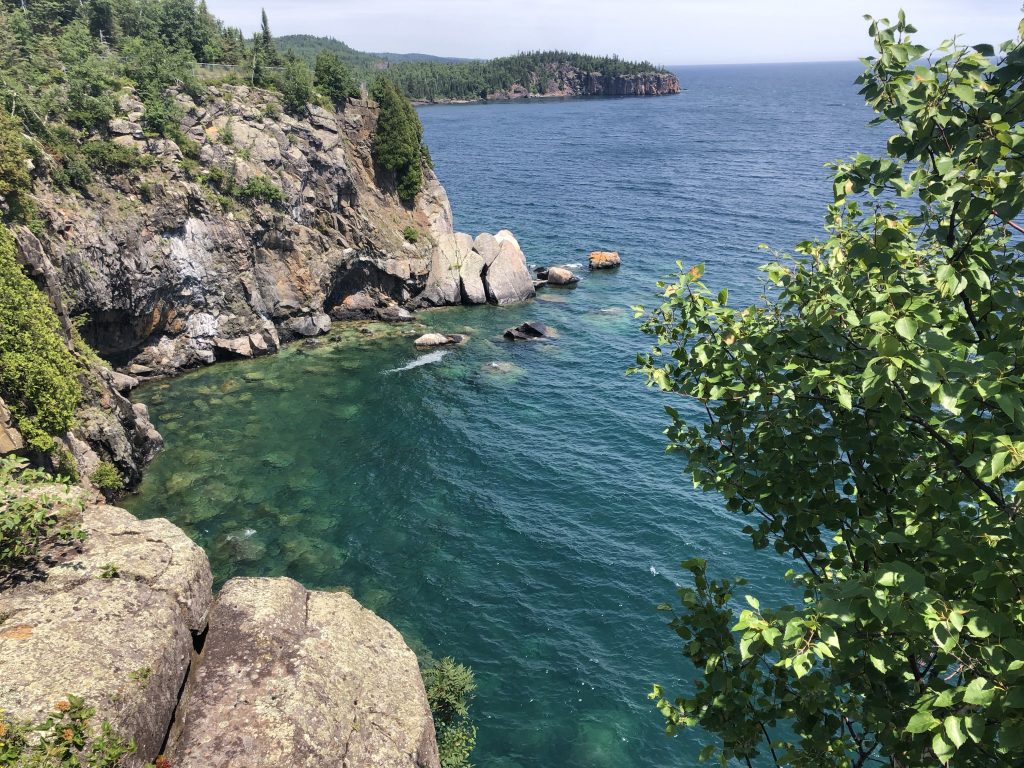
I love this concept—“the tonic of wilderness”—viewing nature as an undeniable imperative, a medicine that both strengthens and invigorates. We humans have a natural hunger—an innate curiosity—to explore, grow, and understand, and nature provides the ultimate sandbox for us to play in, test our theories, and reconcile our inevitable limits. Indeed, nature forces us to come to terms with our reality and recognize there are some things we will never fully understand. This mystery is at once frustrating, compelling, and ultimately liberating: There exists something bigger and grander than ourselves. We don’t need to have all the answers. And that’s okay. In fact, it is profoundly beautiful.
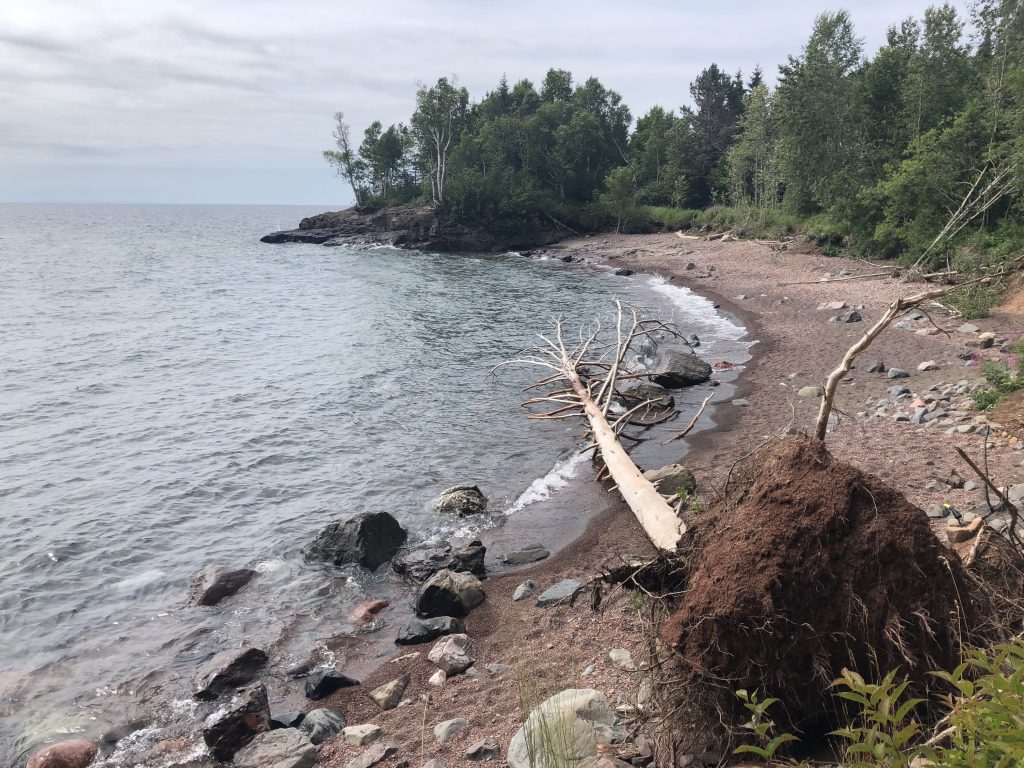
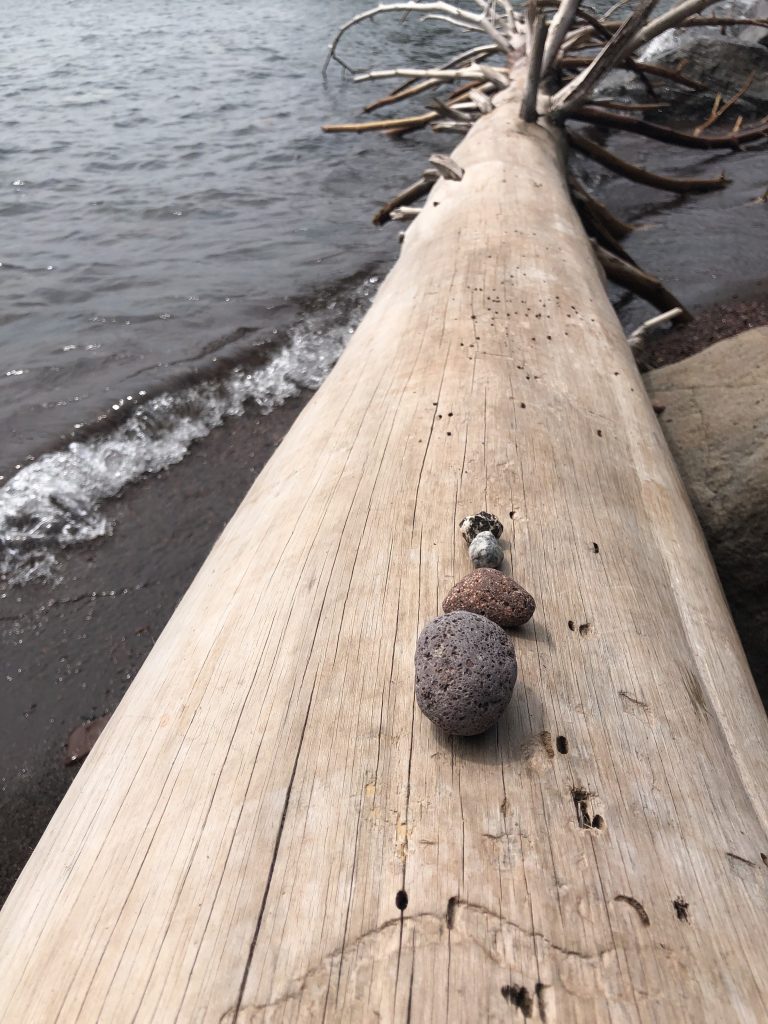
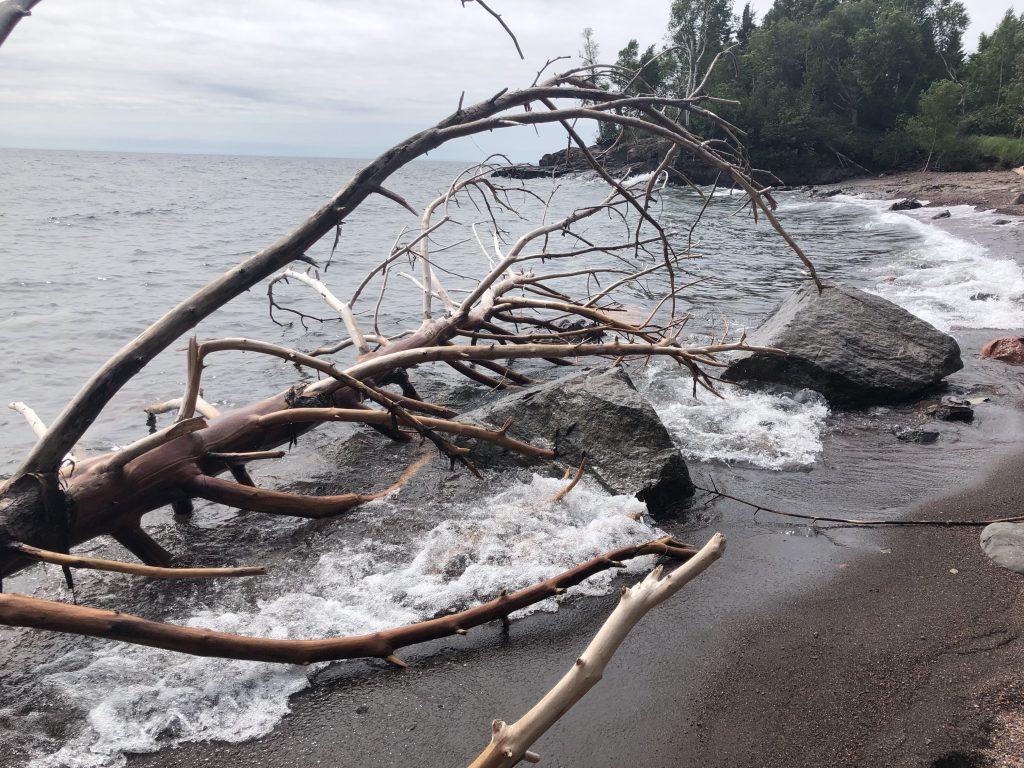
Craving a much-needed retreat into nature, I decided a road trip to Duluth was in order. Since moving to Minnesota I’ve heard excellent things about Duluth and have been wanting to visit for months, but the timing just never worked out. From busy schedules to bad weather, there always seemed to be some excuse that would nix any plans of making the two-and-a-half-hour drive to northern Minnesota. However, like many I’ve felt the profound impact coronavirus has had on any and all feelings of normalcy, and I’ve been hungry for creative ways to stay sane and feel inspired. Therefore, when the opportunity to take off a Friday and forgo the normal routine presented itself, I didn’t just jump: I leapt, head first.
Situated on the north shore of Lake Superior (the world’s largest freshwater lake), Duluth is, at its core, a port city. Notably, the Port of Duluth is the largest and busiest port on the Great Lakes and ships commodities ranging from coal to grain to limestone. The city and its surrounding area offer a wide variety of natural and man-made attractions and ultimately characterize Duluth as a popular must-see Midwest tourist destination.
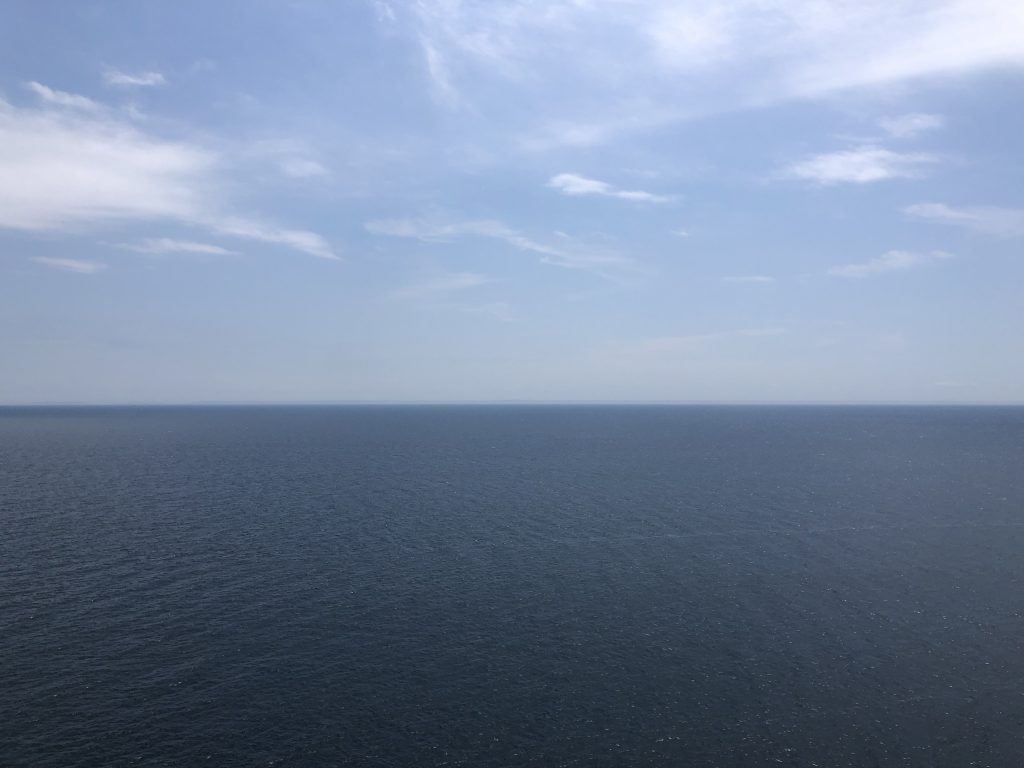
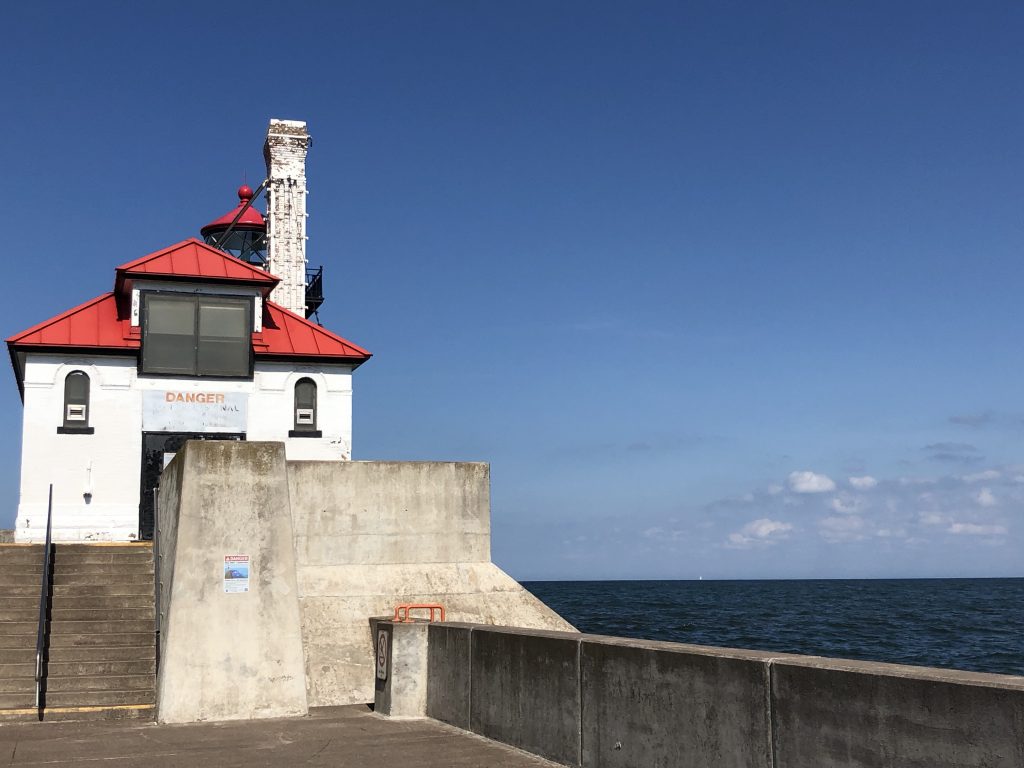
Just north of the city, our adventure began along the North Shore Scenic Drive and Gitchi-Gami State Trail. The North Shore Scenic Drive starts in Canal Park (located in downtown Duluth) and ends in Grand Portage, which sits just outside the Canadian border. The picturesque drive stretches a spacious 142 miles and provides breathtaking views of the rugged, alluring Lake Superior shoreline. Developed along the North Shore, the Gitchi-Gami State Trail provides bikers an opportunity to experience the shoreline even more directly. While future plans look to extend the trail 88 miles from Two Harbors to Grand Marais, the trail currently comprises five unconnected segments, including a scenic stretch that runs from Gooseberry Falls State Park to the town of Beaver Bay. Along this route, the trail passes through Split Rock Lighthouse State Park and offers plenty of opportunities for visitors to immerse themselves in both history and nature.
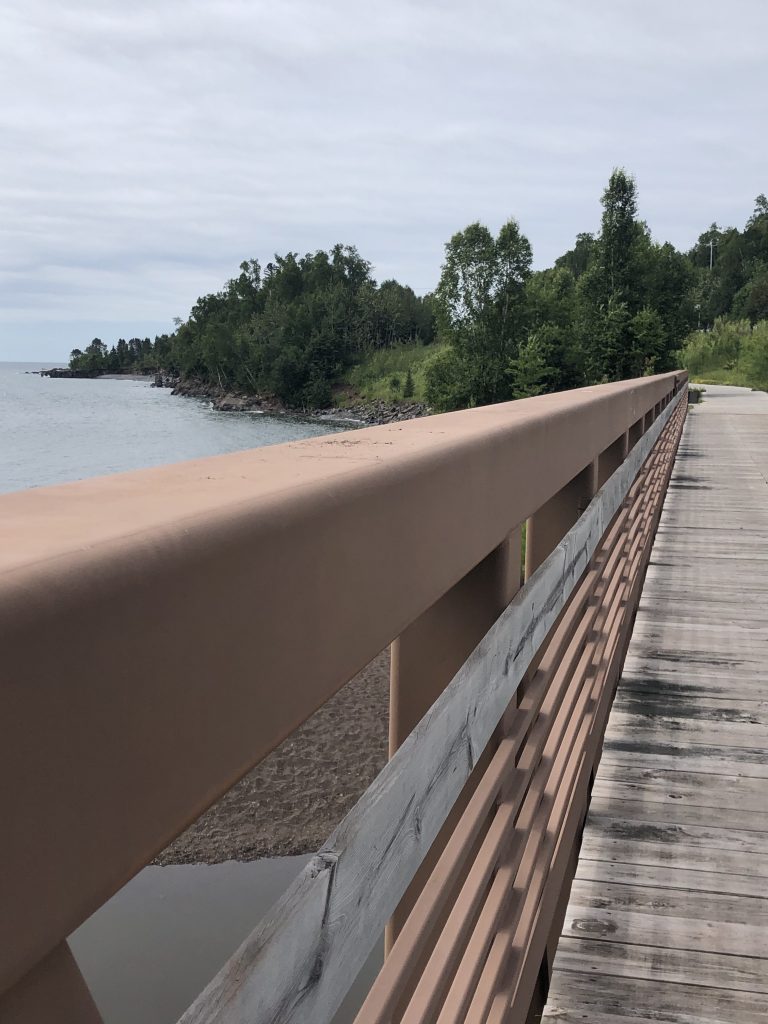


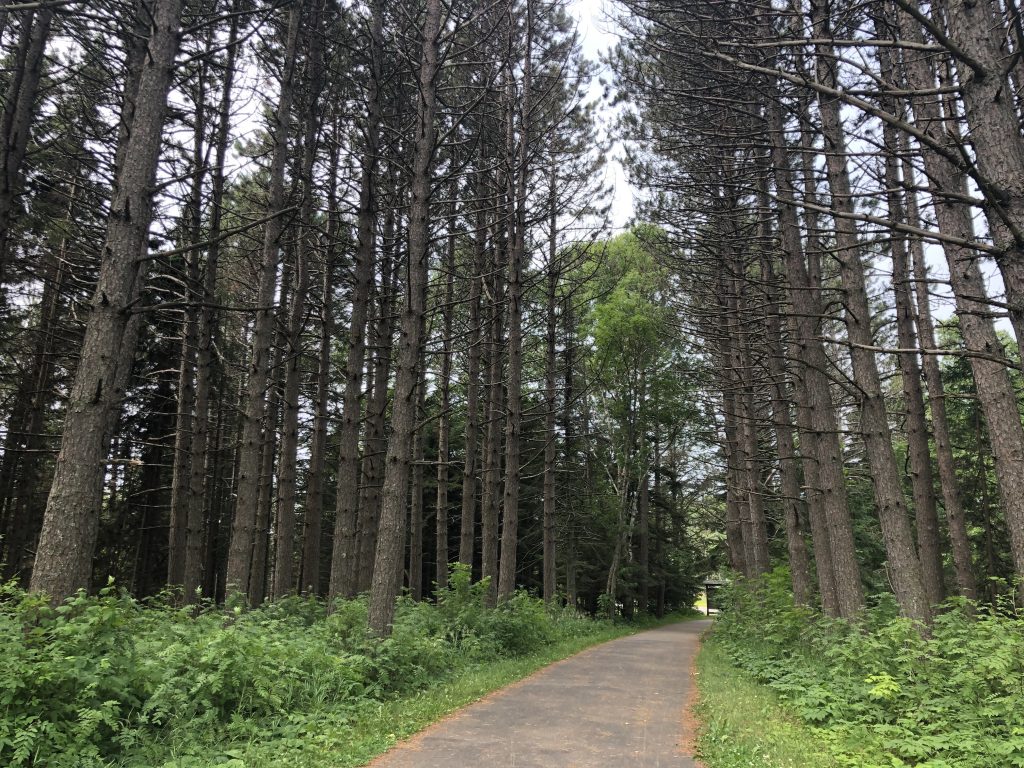
We parked at Gooseberry Falls, unloaded the bikes, and hit the trail, hungry to explore new territory and experience the “tonic of the wilderness.” Speeding past tall pines, sharp turns, and sweeping views of Lake Superior, I was struck by the remarkable beauty and decided northernness of the area. While the Twin Cities offers its fair share of lakes, woods, and scenic trails, this slice of nature holds a markedly different presence and directly embodies the “unexplorable and mysterious” quality Thoreau describes. Perhaps this is made most evident by the inordinately (read: obscenely) hilly makeup of the trail itself: If we weren’t coolly cruising downhill you better believe we were frantically chugging uphill, and the rough, impossibly rollercoaster-like trail terrain firmly announced we were dealing with something wholly more untamed, wild, and other than we had ever encountered before.
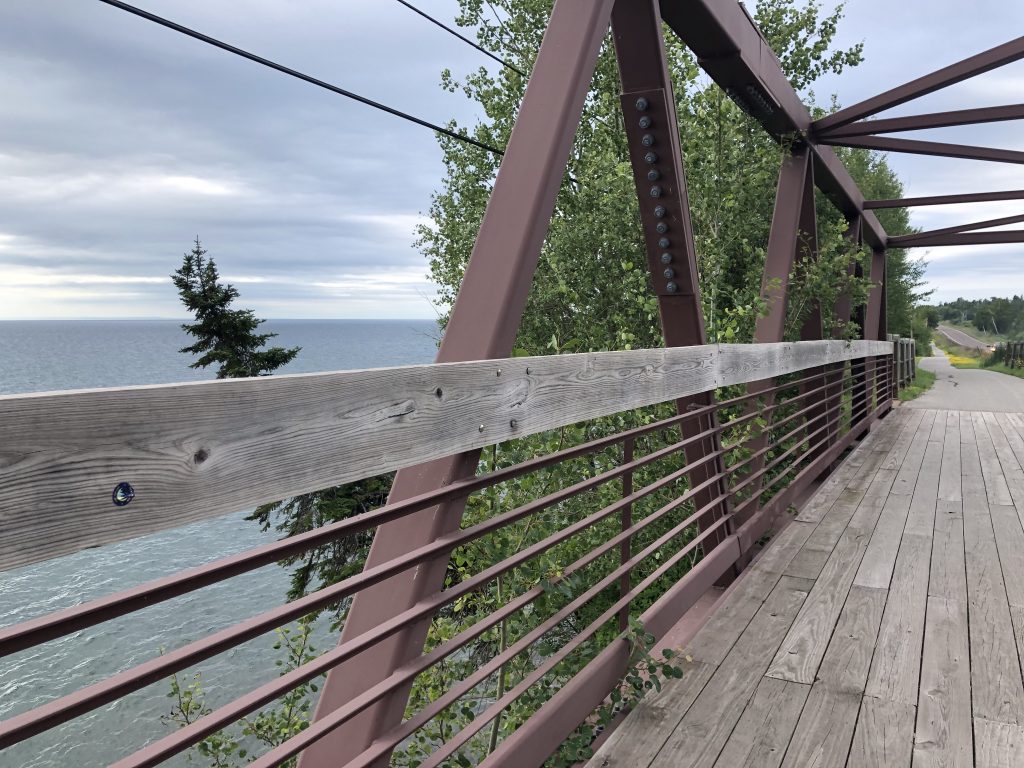

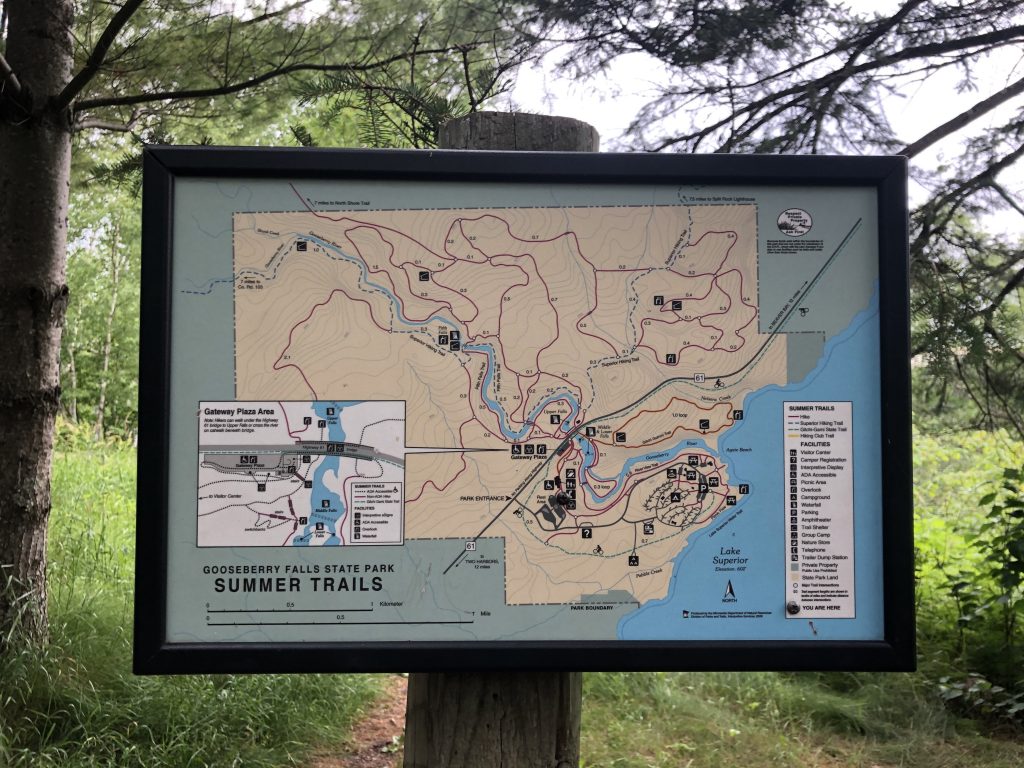
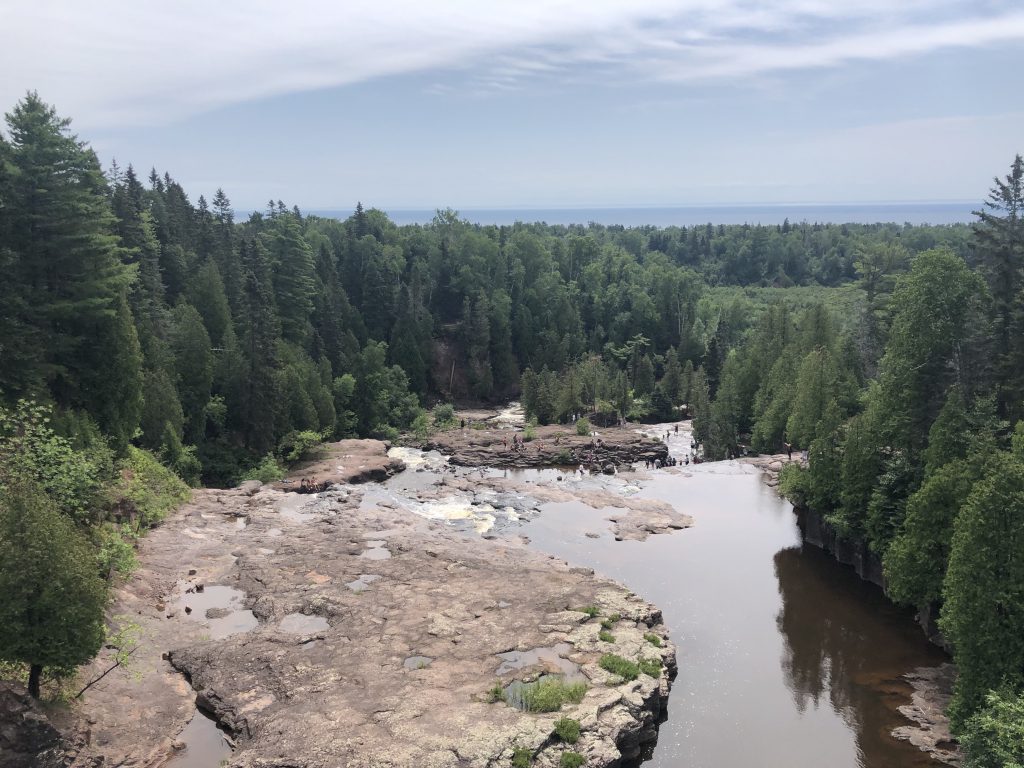
In all we biked (again, read: climbed) a little over twenty miles, pleasantly surprised to encounter only a handful of other people over the course of our excursion. While the trail as a whole is inarguably striking, my favorite part of our tour de Duluth came with an unexpected stop at Iona’s Beach. Instead of the more traditional silky golden sand, the shore of Iona’s Beach is covered with pink and gray rocks that seem to almost sing as the waves gently crash and cascade over their smooth surfaces. The effect is arresting, and it was almost impossible to break the spell of this remote paradise and continue on the path more traveled as we ventured back towards the car.
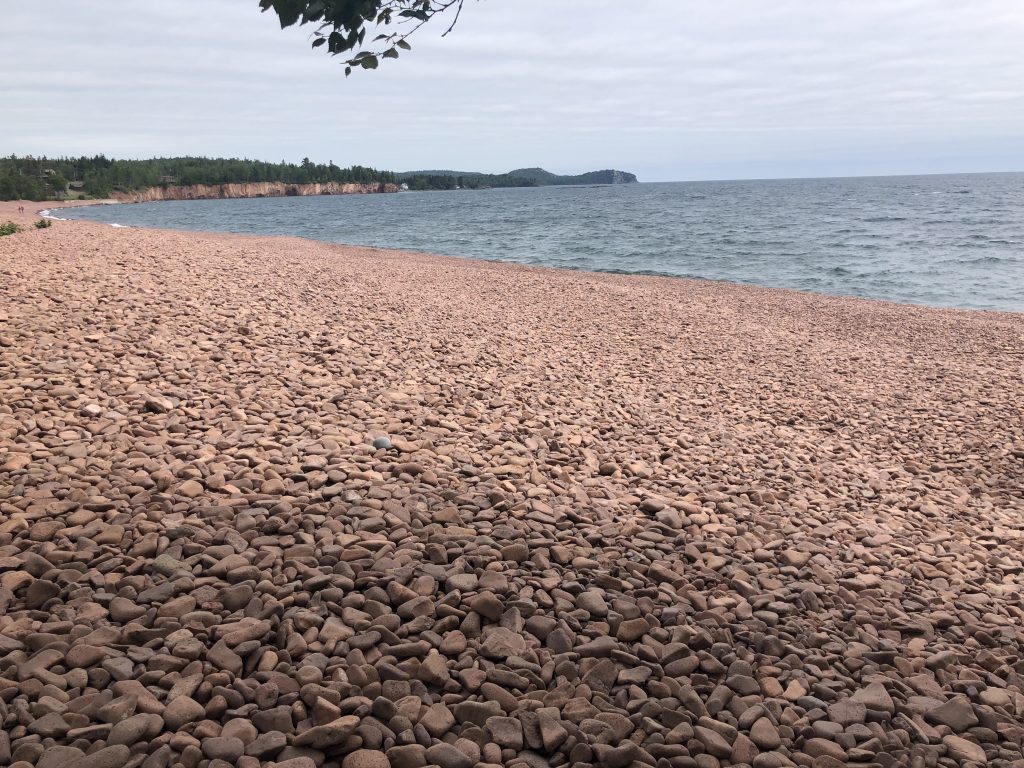

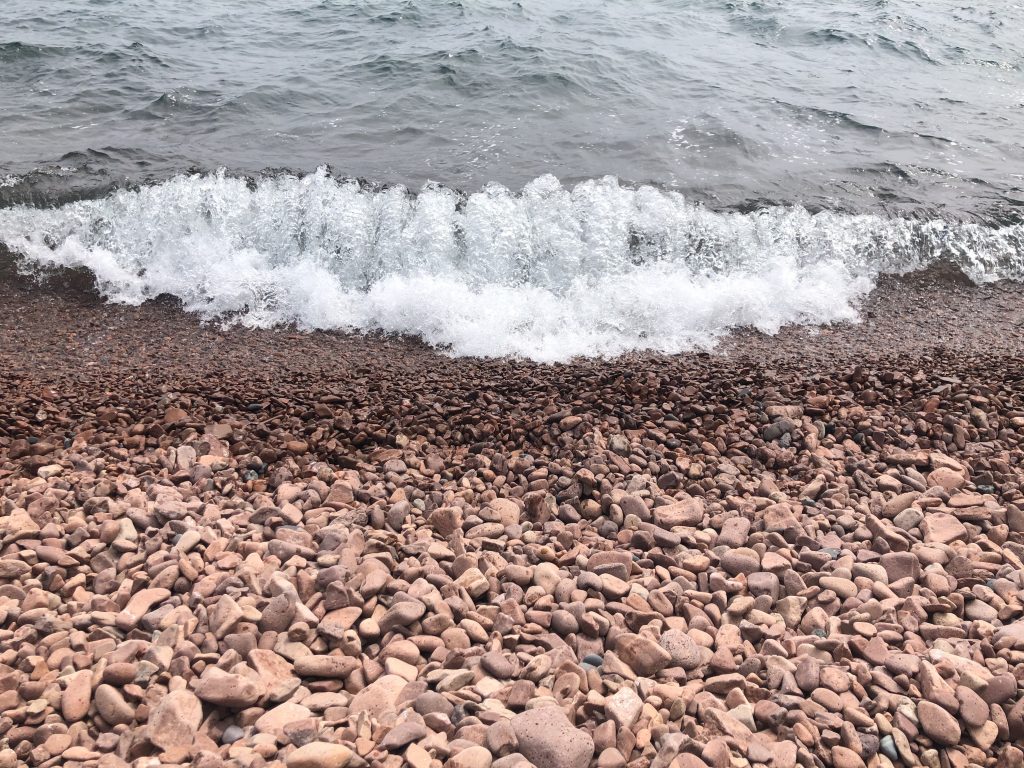
Once we finished our ride, we loaded up the car and doubled back to Split Rock Lighthouse. Located just southwest of Silver Bay along the North Shore Scenic Drive, Split Rock Lighthouse was built in response to the infamous Mataafa Storm of 1905 in which 29 ships were tragically lost on Lake Superior. Built in 1910, the lighthouse sits on a 133 foot sheer cliff and stands at an impressive 54 feet tall. Its fog signals are capable of emitting a timed 120 decibel blast of air every 18 seconds and can be heard 5 miles in every direction, a critical feature in preventing such catastrophic loss from ever happening again.
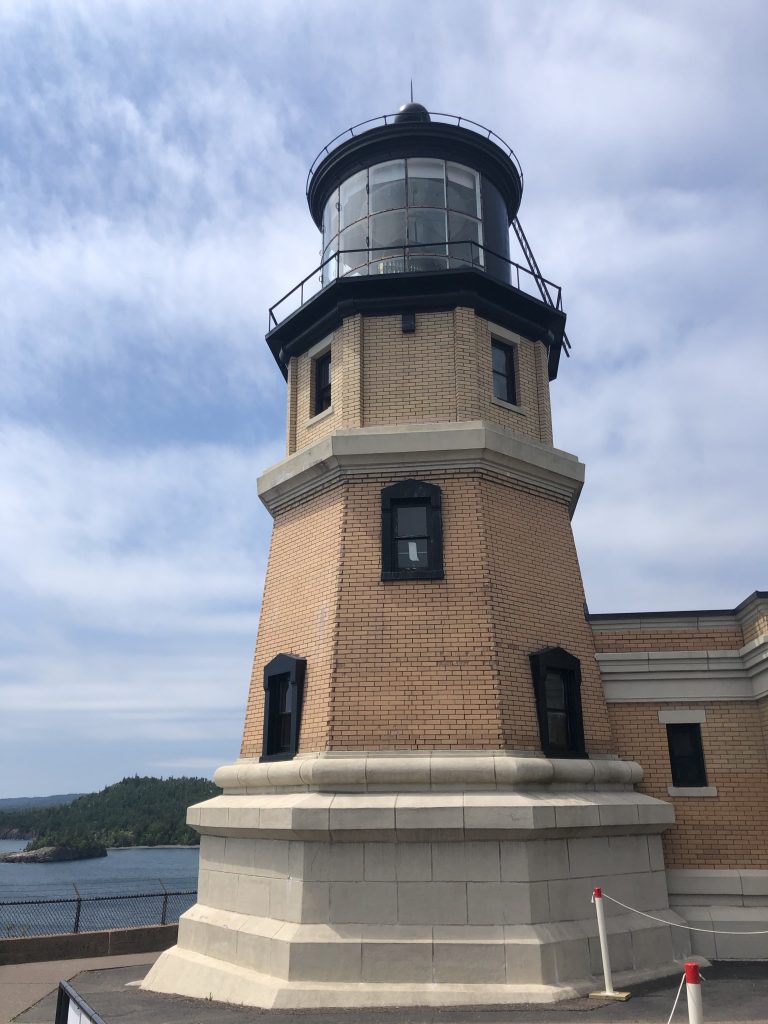
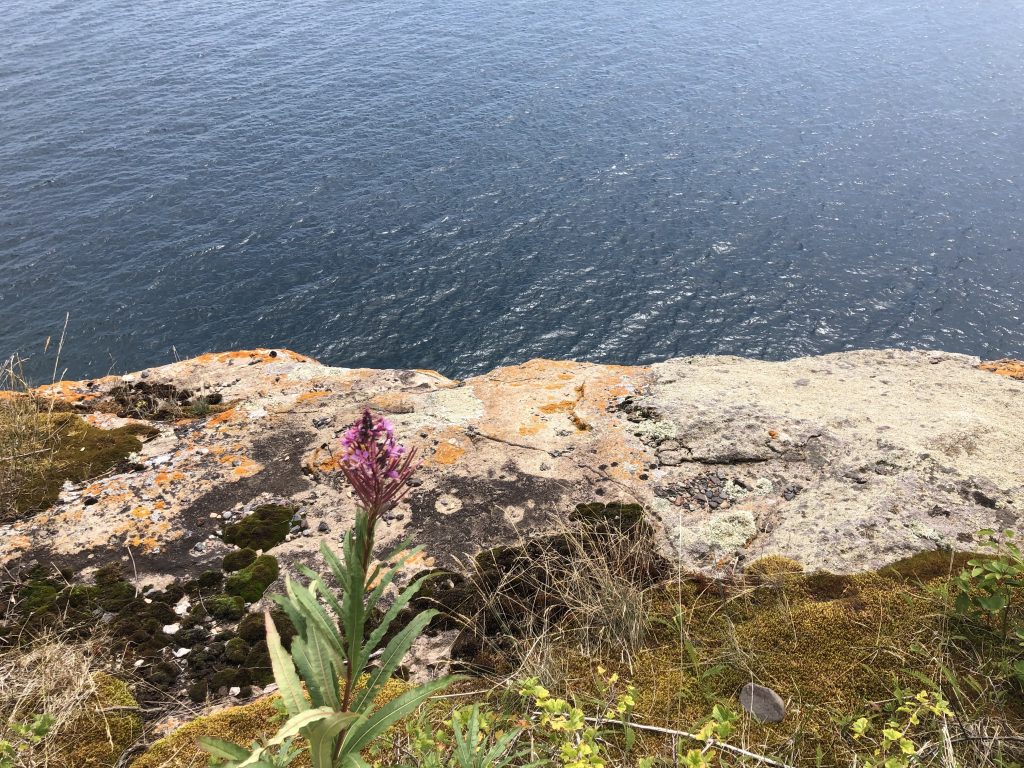
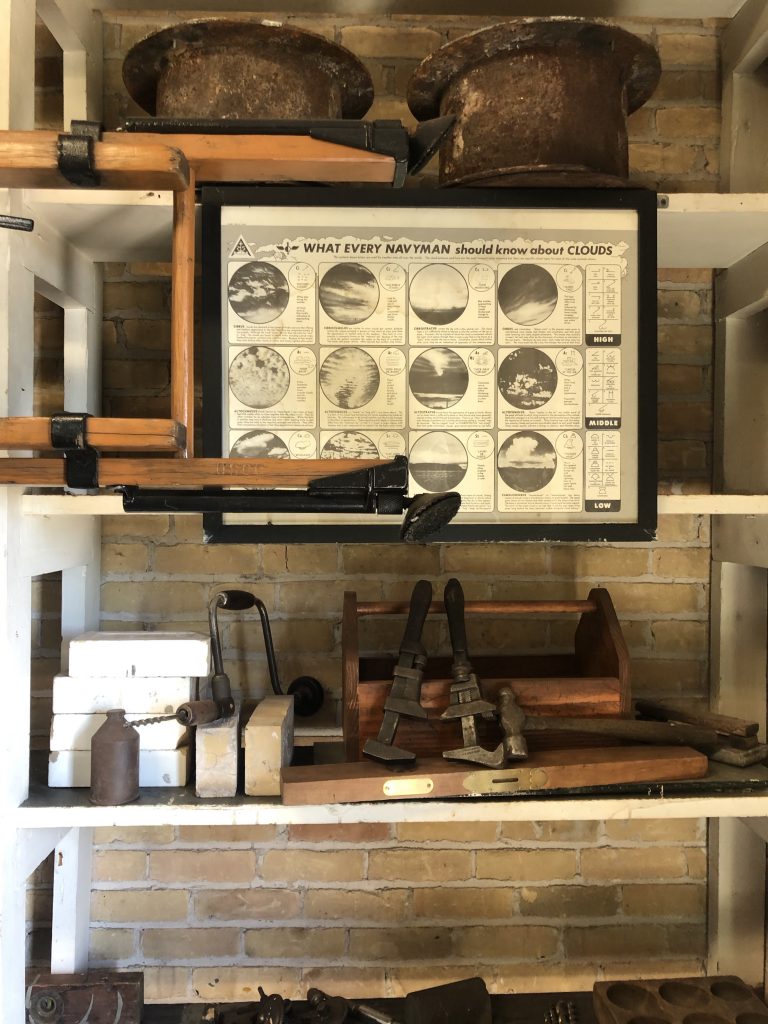
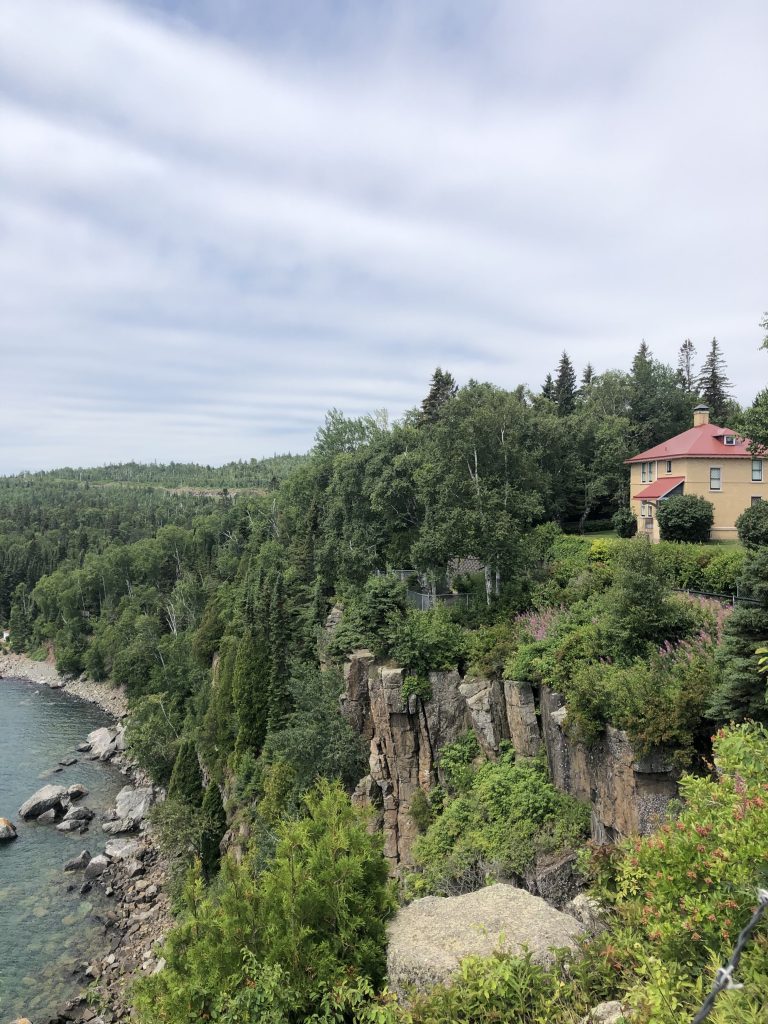
While we weren’t permitted to enter the lighthouse or its adjacent buildings, I enjoyed strolling through the grounds, sampling various pieces of history, and digesting the significance of the pivotal role this lighthouse has played throughout time. The most notable part of the tour involved hiking down the 157 step staircase that runs parallel to the old construction lift and stepping out onto the beach to view the lighthouse from the neighboring shoreline. Not only did this vantage point enable a clearer perspective of the lighthouse’s scope and magnitude, but it also provided a striking contrast between the inventive power of humanity and the immutable power of nature.
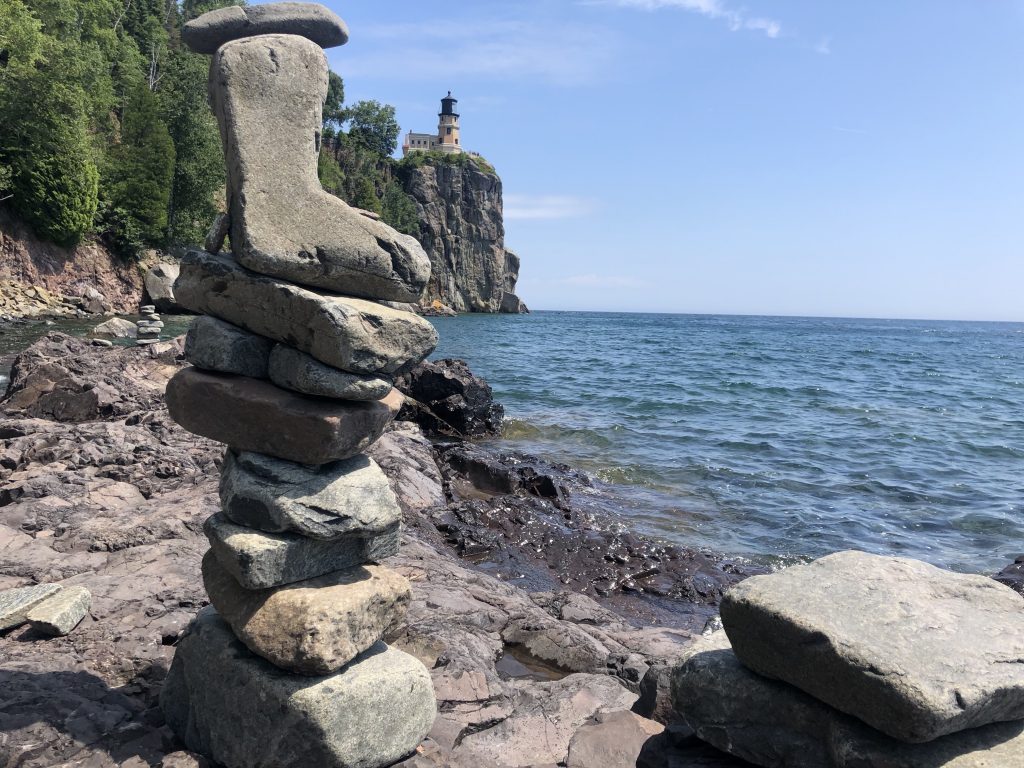
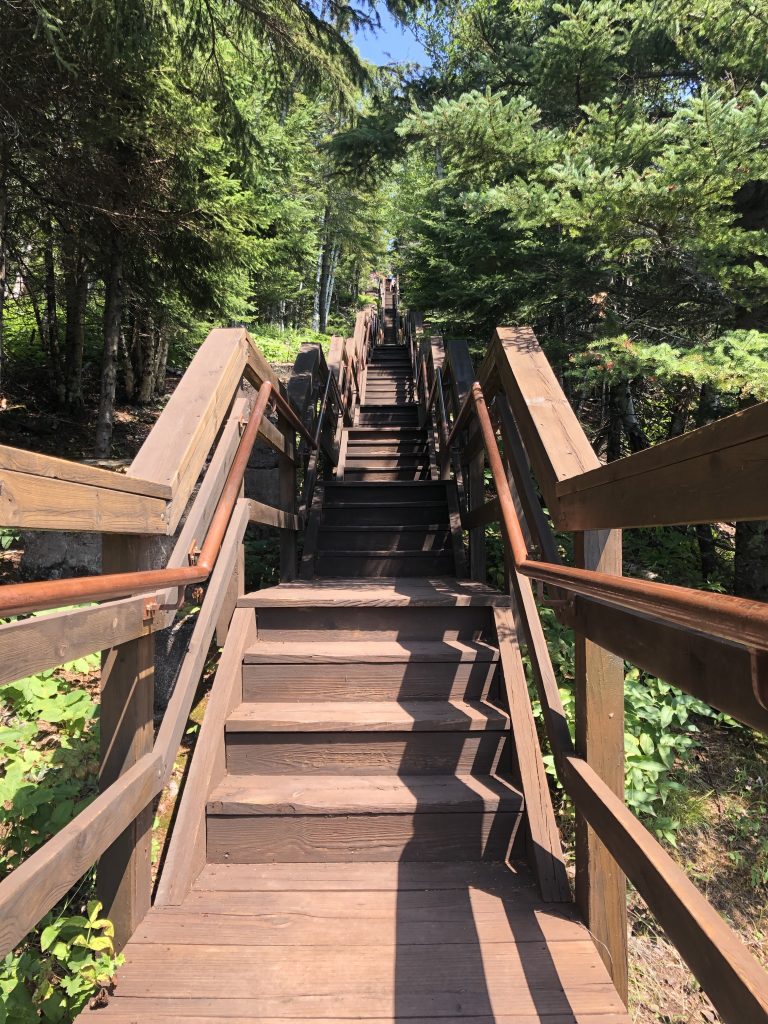
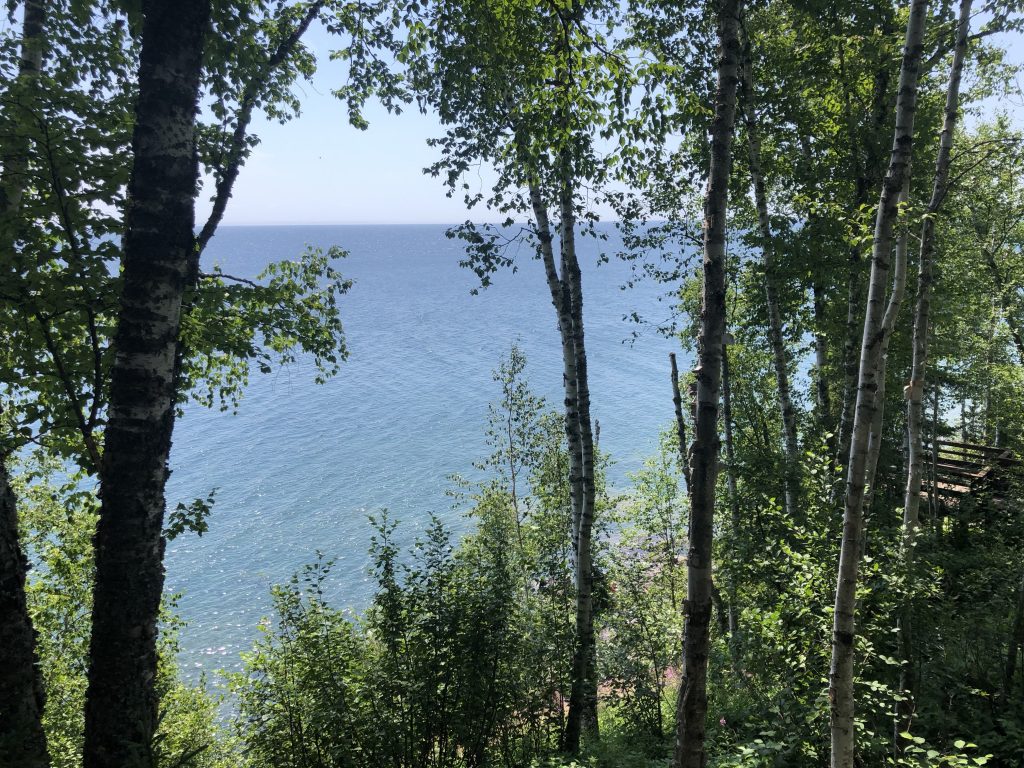
After touring the lighthouse, it was time to make the forty-five-minute drive back to Duluth so we could explore the city proper. We picked up a late, long overdue lunch at Northern Waters Smokehaus and made a few stops at Duluth Trading Company[1], Duluth Pack, and Vikre Distillery where we picked up some whiskey (“cut to proof with majestic and cold Lake Superior water”) to bring back home.

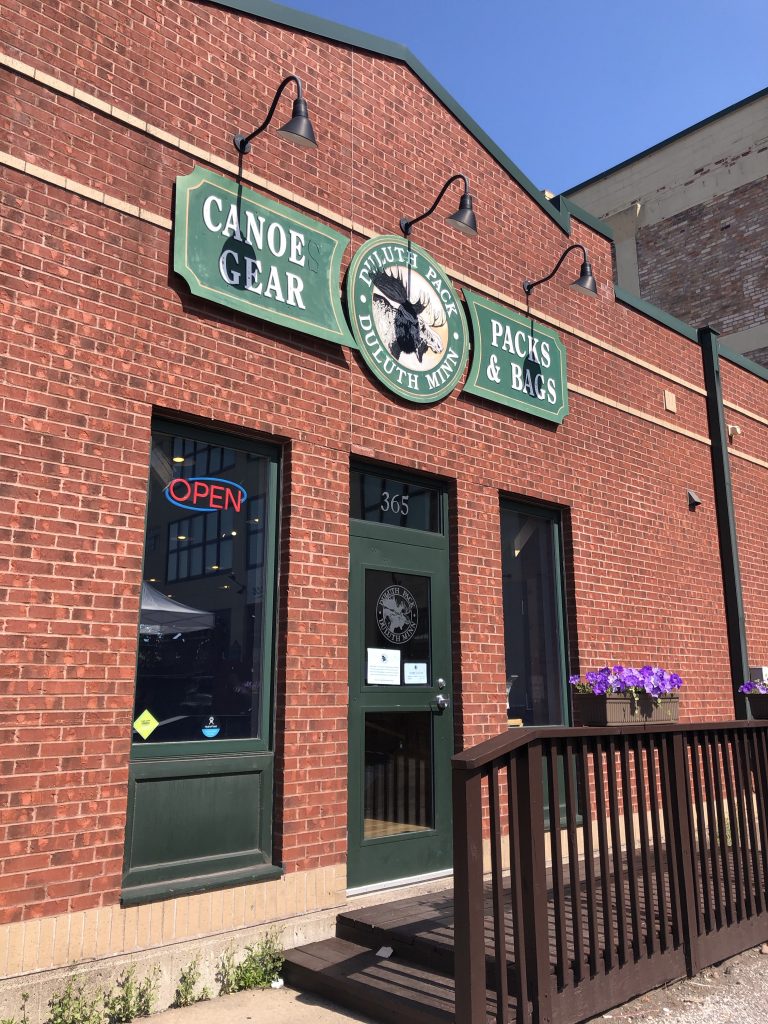

Seeking to spend more time outside, we ambled through the famed Canal Park, proud home to the early 1900s Aerial Lift Bridge that raises for ships entering the harbor basin from Lake Superior. From there we strolled the Duluth Lakewalk where we appreciated views of the city shoreline and made unhurried stops to watch the water, crowds, and comically inquisitive seagulls. The brilliant sun made for an especially enjoyable afternoon, and as I watched the water crash mightily against the shoreline, I couldn’t help but savor the awesome complexity that is Lake Superior and feel profoundly reinvigorated by the peaceful effect it had on me.

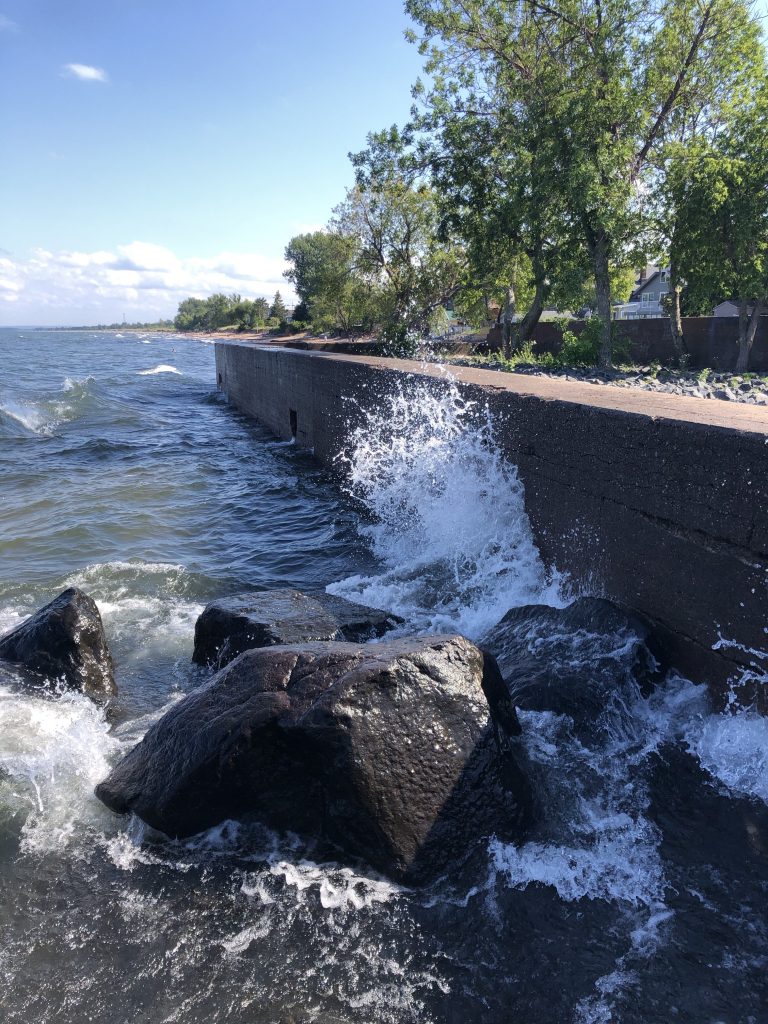
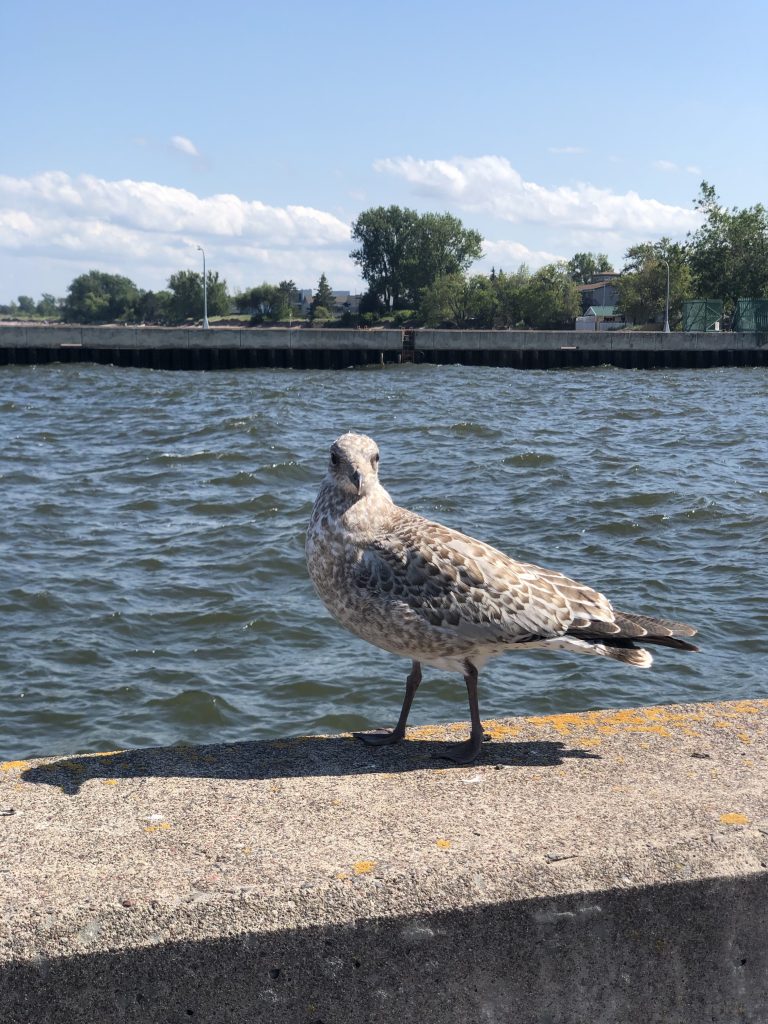
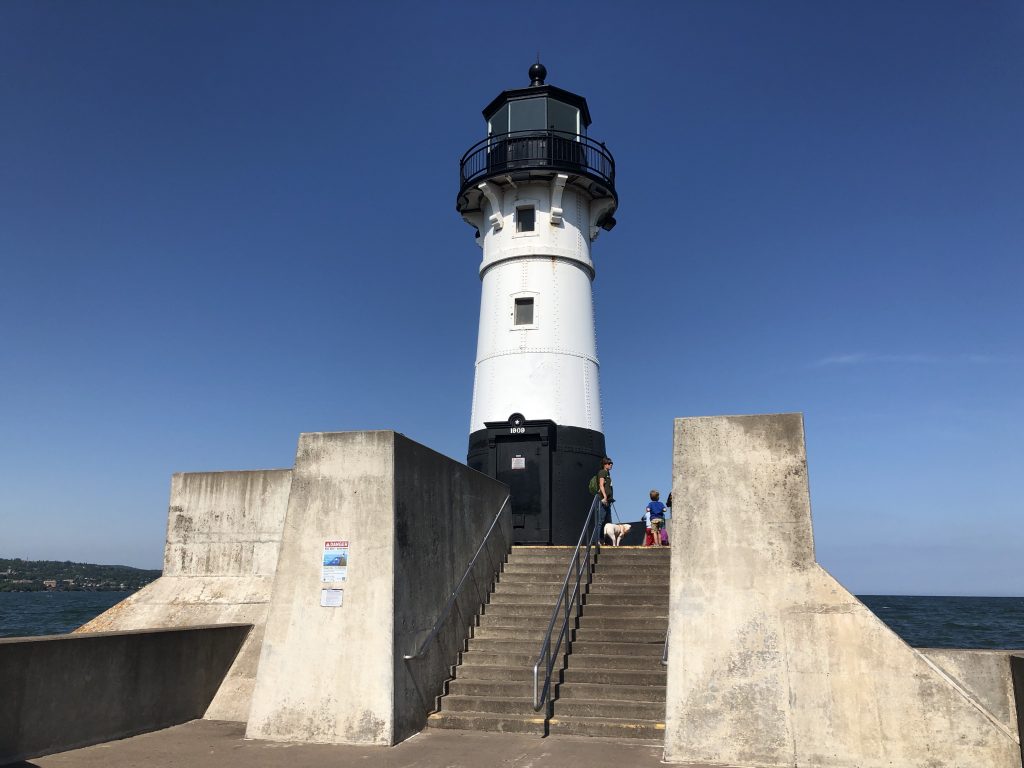

There are thousands of reasons to not do something. I don’t have enough time. I don’t have the energy for that. I should be doing something else. And while we can always find an excuse to not do something, sometimes the thing we need most is to drop the act, leave our excuses behind, and consciously choose to live in the moment, whatever it may bring.
In Walden, Thoreau reminds us to, “Live in each season as it passes; breathe the air, drink the drink, taste the fruit, and resign yourself to the influence of the earth.”
What better “excuse” do you need?
Choose to “live each season as it passes” and fully embrace the profound power and natural beauty of this present moment.
Breathe the air.
Drink the drink.
Taste the fruit.
Resign yourself to the influences of the earth.
Take a chance on yourself and dare to live deeply.
You might stand tobsurprised by what you find.
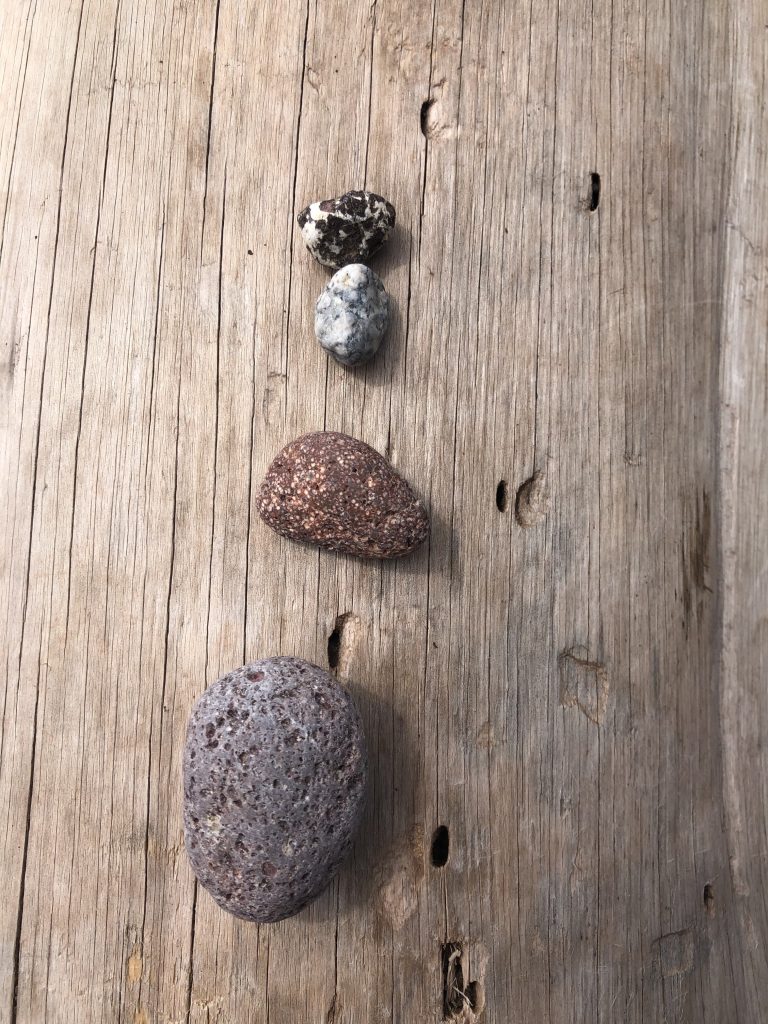
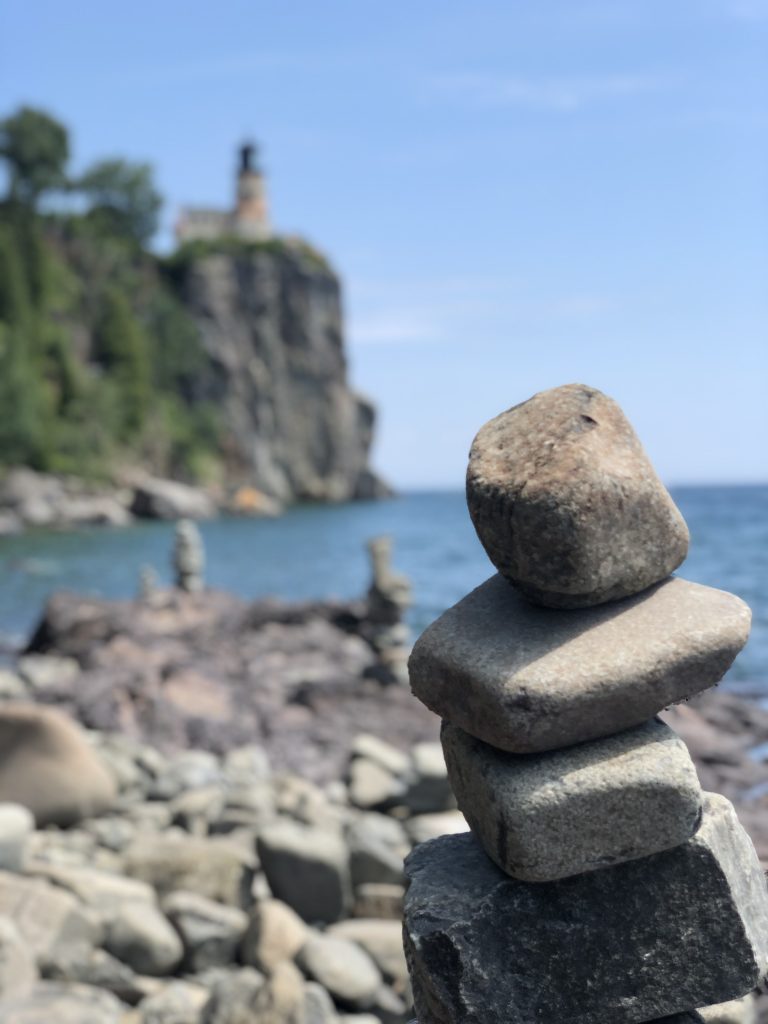
[1] Which, in tandem with “Beaver Bay” creates another fun connection to the crayon color of the week with its infamously terrifying mascot, the “angry beaver.” Watch one commercial for Duluth Trading Company, and you’ll know exactly what I’m talking about. The company’s advertising is frighteningly effective.

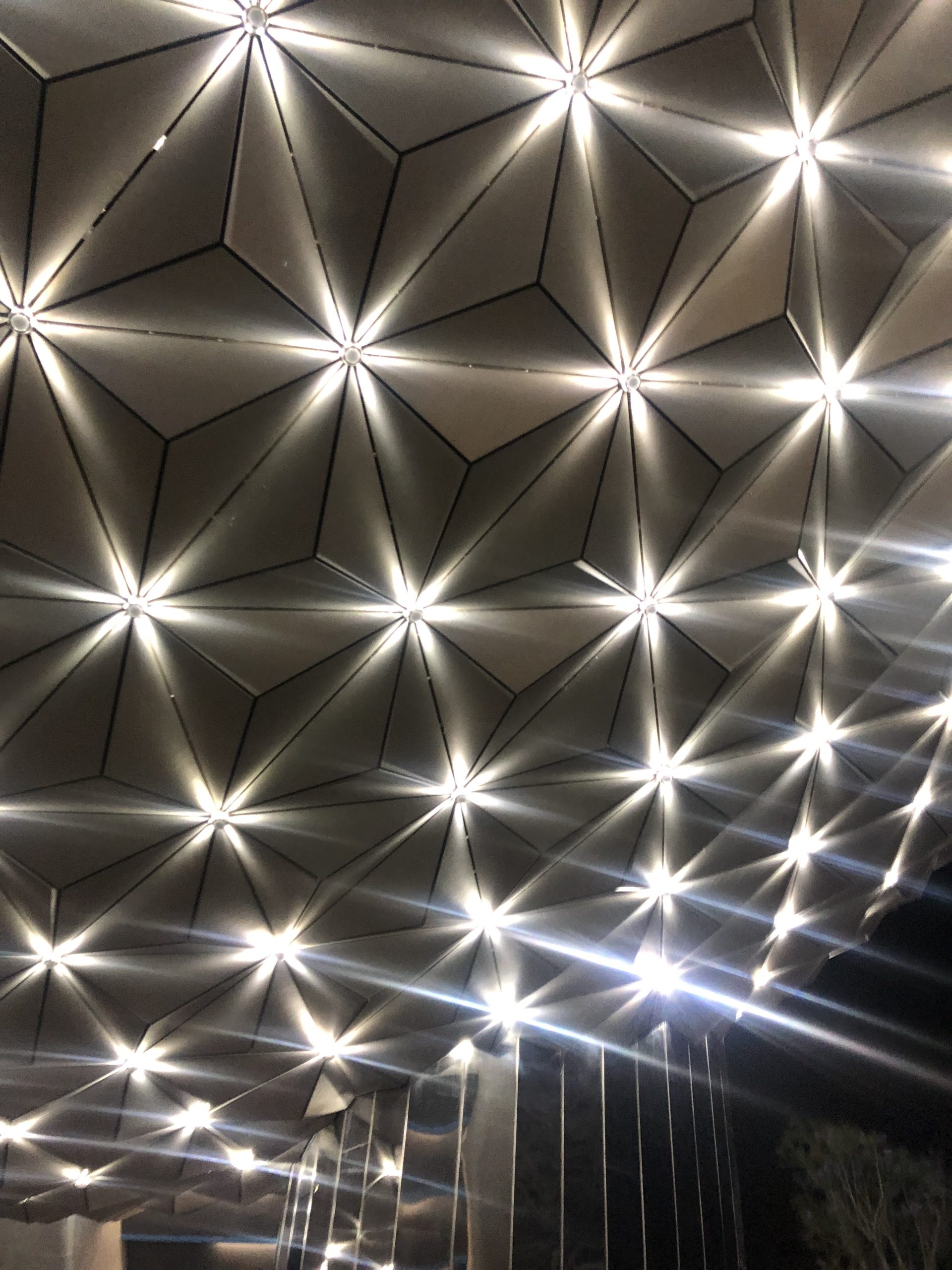

Comments are closed.